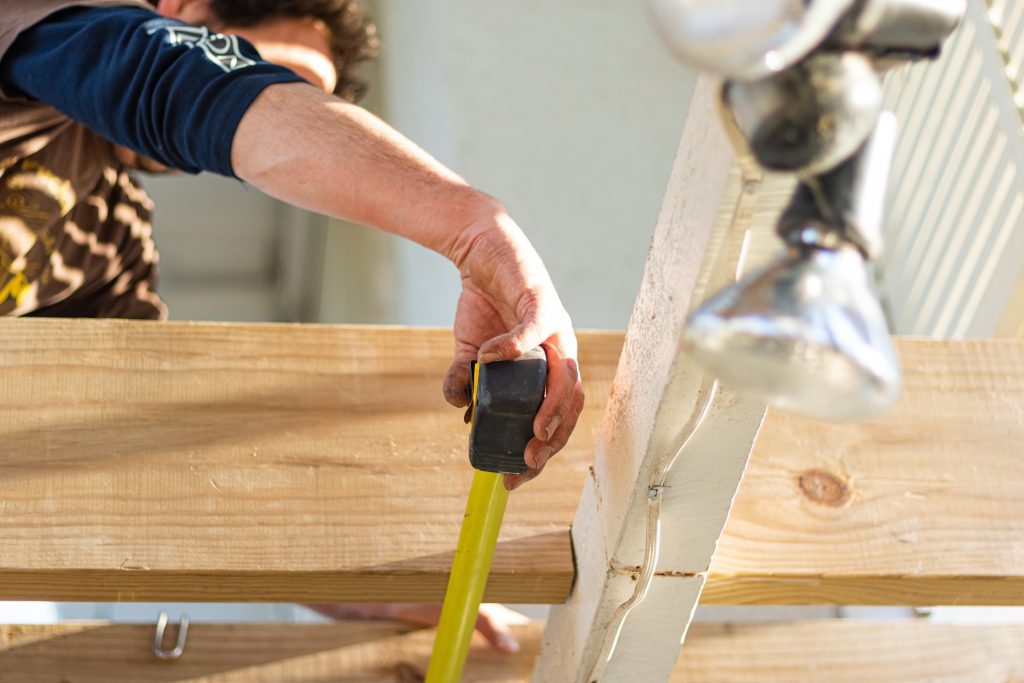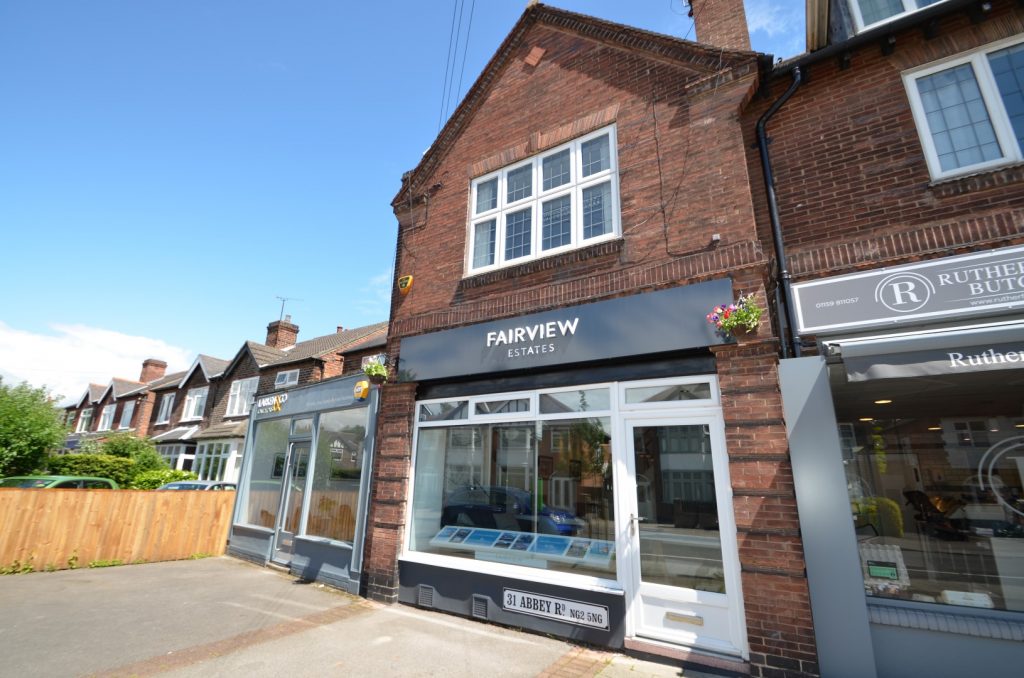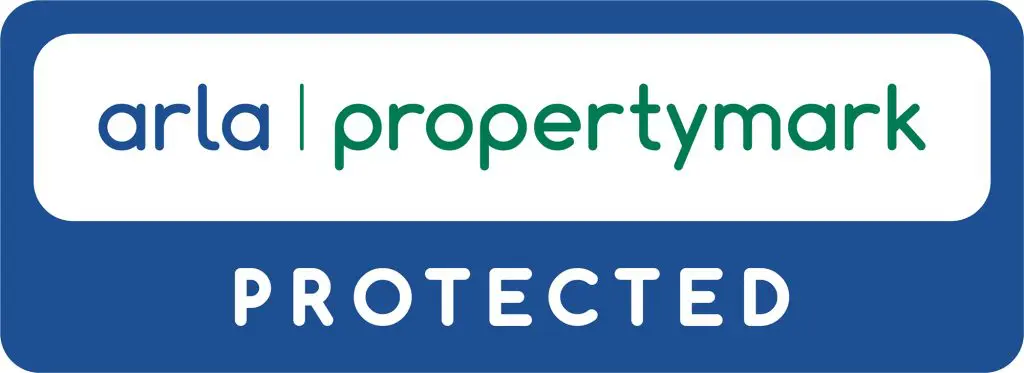Buying a property with the intention of letting it out can be an exciting prospect. For some, buy-to-let properties are a side hustle to generate passive income, and for others, renting out property is a full-time career or even a retirement plan option.
However, as with any investment, it’s worth doing your research since the property has a lot of factors that need to be considered, especially if you are planning on renting out your investment rather than renovating and immediately selling it for a profit.
So before you dip your toe into the world of buy-to-let property, here are some of the main aspects you need to consider to enjoy your journey will be a successful one.
The Property Location
The location of a property can reveal many things when it comes to its rental potential. For example, the value of nearby properties can give a general indication of how much you could charge per month.
Ultimately, the determination needs to be made between properties that would struggle to be let versus those which would be in high demand.
Some of the top aspects to consider are:
- Crime rate of the postcode
- Nearby amenities (shops, healthcare, schools etc)
- Local transport routes
- The general value of similar properties in the area
Property Type
Properties vary from HMOs, bungalows, detached houses, terrace houses, studio apartments, student accommodation and much more. Each comes with its own set of challenges that as a landlord, you need to be prepared to handle in terms of time, knowledge and typical costs that will be associated.
As an example, with student lets, the properties will typically be vacant over the summer months which can lead to void periods. Students will also be living alone for the first time and may need extra help versus if you were renting to professionals.
Required Renovation Work

Any property you intend on letting out must be up to standard to meet your legal and moral obligations as a landlord. Every property is different, but some of the problems the aspects that may require attention include:
- Asbestos removal or encapsulation
- Bathroom
- Blocked gutters
- Central heating
- Damp/mould
- Drainage
- Electrics (EICR)
- Energy efficiency
- Floorboards
- Insulation
- Kitchen
- Landscaping
- Moisture extraction (kitchen/bathrooms)
- Pest infestation
- Plastering
- Redecoration
- Rendering
- Roofs (flat and tiled)
- Windows
Rest assured that it’s highly unlikely a property will require all of the above unless of course, you purchase an extremely dilapidated property at the lower end of the market. However, you have to consider whether the property is truly livable, not just because of the legal action that may follow if it’s not, but because you may struggle to attract tenants if the property is not up to scratch.
Older properties typically require the most maintenance, unless the previous owner diligently maintained the internal and external aspects. Though, an added plus of making sure all of the above are ticking over nicely is that you are less likely to be called out to fix issues.
On that note, while the cost of renovation is always going to be a factor of your investment, try to avoid cutting corners or creating the most basic standard of rental property. While all fixtures and fittings need to be durable, they also need to create a homely atmosphere that is genuinely going to appeal to people who will after all be paying the mortgage on your behalf.
Target Market
Before you purchase a property, let alone renovate or market it – you need to know exactly who would be interested in renting it. Target market examples include the likes of students, working professionals, families, retired seniors etc.
Doing so will ensure you streamline all of your efforts effectively, without wasting money or having your property sitting empty because you can’t find tenants who would want to rent it.
Potential Yield
As a general rule, anything above 7% is considered to be a good rental yield, though the average UK rental yield currently sits at 3.63%. There’s nothing to say you cannot achieve a rental yield of 10% and above, though it all depends on the property you purchase, the area, the property type, the property size and the property condition, which all have a deciding sway on that all important yield.
If starting out at the lower end of the market, you’ll need to be realistic that the rental yield might not be that generous. Though, such properties make an ideal side hustle for new investors. Eventually, if the property is paid off through the rental income, you’ll still be able to generate a profit either way.
Now is the time to figure out what level of rental yield you’d like to achieve and what you need to get there. If you’re wanting to financially rely solely on the rental income of your properties, you may need to build a property portfolio up in order to be able to do so.
Tenant Management
Viewing buy-to-let property solely as an investment and not as a place where someone will be calling home is sadly a common pitfall for property investors. Instead, the focus needs to be on building a positive reputation as a landlord by fulfilling all of your legal responsibilities and ultimately ensuring the health and wellbeing of those who live in your property.
Property Management Nottingham

There’s a lot to wrap your head around when it comes to buying your first rental property. Luckily, here at Fairview Estates, you can get one of Nottingham’s leading lettings agencies on your side to guide you through the entire process.
Fairview Estates offers property management services to remove the stress and hassle associated with property investing so that you can enjoy your investment as intended. For just 8% of the property value + VAT, we offer an extremely competitive rate for landlords across multiple sectors of the industry.
Give us a call on 0115 958 7791 to speak to our friendly team, or drop us an email to get started.
We also have a selection of landlord guides that shed a light on all aspects of owning and renting out a property to guide you.




